Summary in One Sentence
Tesla Model Y Long-range version has traveled 10,000 kilometers in 162 days with an average power consumption of 138. After taking the car for a maintenance service, which was not needed, the owner has only spent 1,012 yuan on the whole journey, including the cost of charging. The car runs about 350-400 kilometers in the city with one full charge and can be charged at 0.15 yuan/kilometer.
The car was primarily driven using the AP (basic version) on highways and only on a closed-loop in the city. In summer, the car runs around 330-380 kilometers on a full charge with the air conditioning turned on, while in spring and autumn, it runs from 350 kilometers to 400 kilometers with minimal use of air conditioning.
The highest temperature measured inside the car was 68℃ on July 9th, while the lowest power consumption when driving around the city without air conditioning was on August 1st with 87, and the lowest power consumption with the air conditioning turned on was 108 in 2nd gear on August 4th.
Tips for Cooling the Car: Turning on the air conditioning 10 minutes before entering the car helps with cooling, regardless of the time of day or temperature outside.
Tips for Saving Power in Summer: Turning on the air conditioning right after starting the car in a shady place, and right after exiting a parking garage or a bridge, helps reduce energy consumption.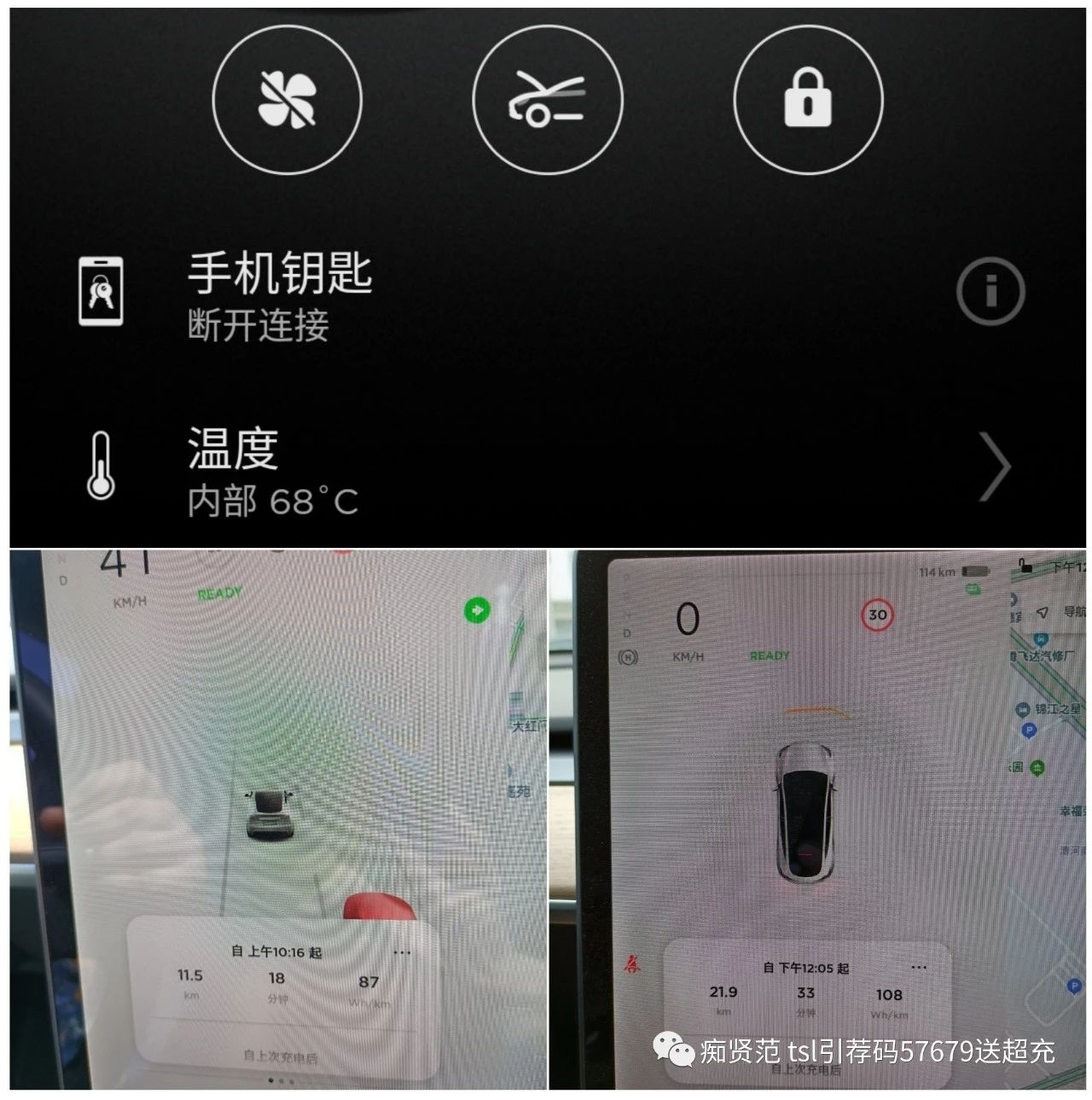
From buying insurance, registering the car, to one month after delivery, as well as self-driving trips during the May Day and Dragon Boat Festival holidays, a total of 6 strategy and experience articles have been written. Interested friends can click on the links to read.
AP and EAP: Model Y Owner Takes You to Understand Tesla’s Advanced Driver Assistance Systems on the Cutting Edge
Delivery on February 23: Full Strategy for Buying Insurance and Registering the Car at Tesla’s Yizhuang Delivery Center in Beijing
Registered on February 26: Full Strategy for Car Inspection and Registration at Shenghua Motor Vehicle Inspection Center in Beijing
One Month After Delivery on March 23: Monthly Summary of a Model Y Novice Owner Who Hasn’t Driven for 10 Years: Easy to Learn and Fun to Drive
Self-Driving to Qingdao During the May Day Holiday: Summary of a Tesla Model Y Owner’s 682 km Self-Driving Trip from Beijing to Qingdao
Self-Driving to Jinan During the Dragon Boat Festival: The Fantastic Trip During the Dragon Boat Festival: Can We Charge the Car after Driving 400 km? When AP Encountered Torrential Rain and Scared Away 6 Vehicles, as well as a Stroke of Genius…
Tesla’s First 10,000 km Maintenance Experience
On August 3, when I discovered that my car had already driven 10,000 km since delivery, I consulted the official WeChat group about maintenance issues, and was told that there was no necessary maintenance required for 10,000 km. The most I could do was to replace the air conditioning filter if it had an odor. After calling the 400 customer service hotline and the service center, I received feedback that whether or not to do maintenance, and what specific maintenance to do, would be based on the service center’s on-site inspection.

I made an appointment through the APP and drove directly to Tesla’s Shangdi service center the next day. After informing the staff of my purpose for maintenance and charging, they checked the car’s appearance and asked me to wait in the lobby. One hour and forty-five minutes later, they told me that the inspection was complete, the battery was fully charged, and they had adjusted the tire pressure from 2.8 to 2.9. They didn’t need to rotate the tires or replace the air conditioning filter. The air conditioning outlet was also not a problem, and everything was normal and safe to drive! It seems that Tesla’s first 10,000 km maintenance really isn’t necessary.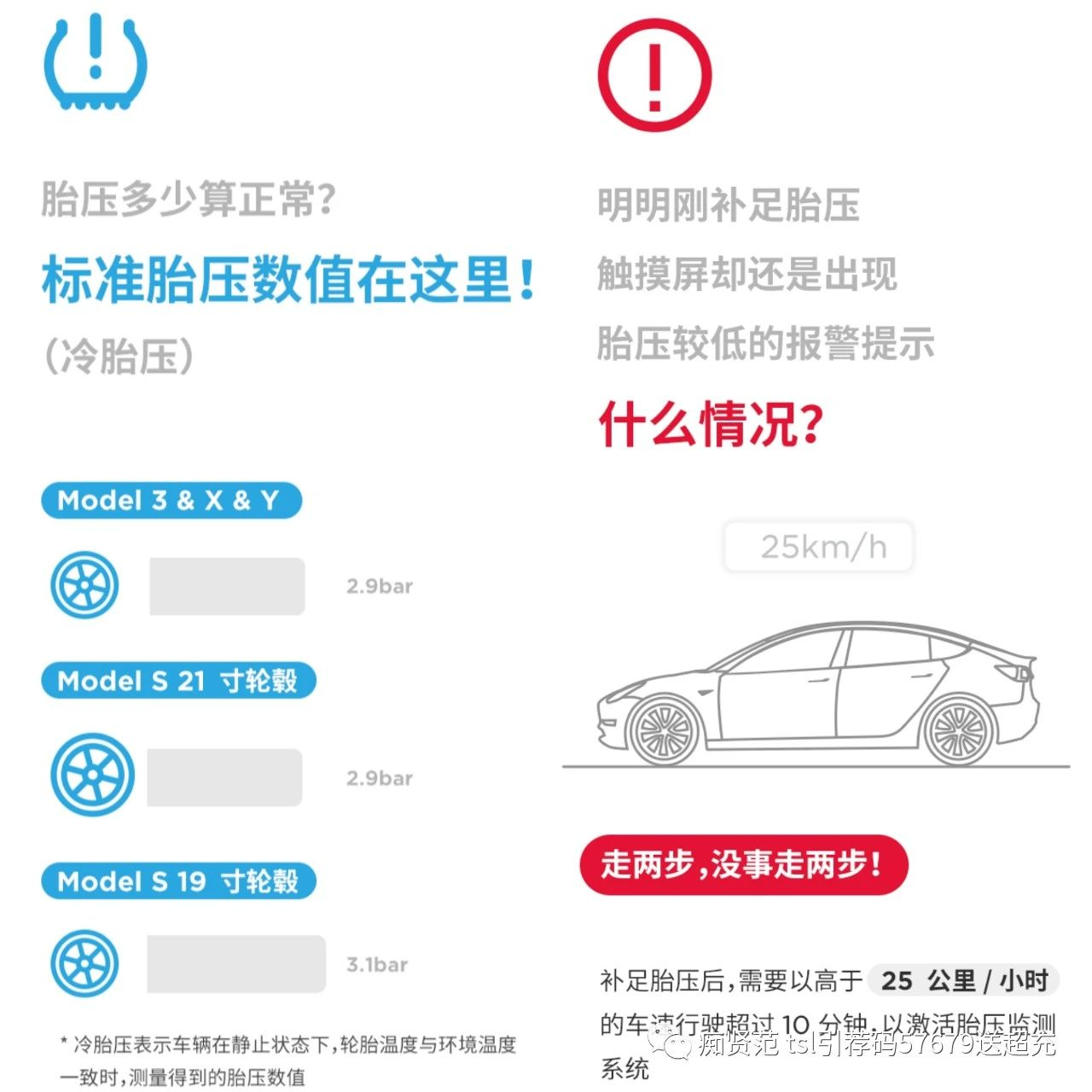
While waiting, I ate snow cakes and drank Sprite, and chatted with a test-driving gentleman about his driving experience. I also promoted my referral code to him. As a result, he actually ordered a car. Thanks to this stranger’s trust and support.

The maintenance recommendations for Tesla vehicles, provided by Tesla official, are summarized in the table below. Link to Tesla’s official WeChat article “Vehicle Maintenance”.
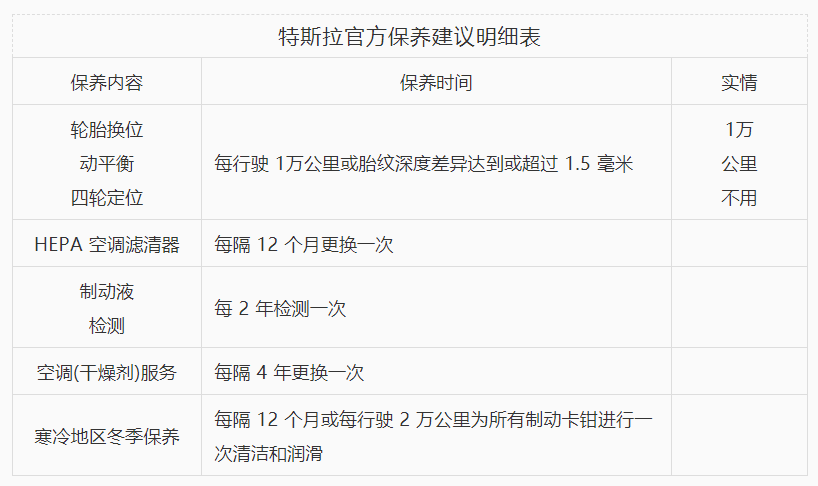
1,000 km Charging Cost of 534.39 RMB
The breakdown of 1,000 km charging cost of 534.39 RMB is shown in the table below. I have only used Tesla Supercharger, Xing Luo charging, and Future Power charging. I have not charged in the highway service area, and have only used Tesla charging when I am out of town. After coming to Beijing, I have only used Future Power charging. The cost of charging is 0.15 RMB/km.
After using up the 3,000 km free Supercharger usage provided by Tesla (which is equivalent to 372 kWh for every 1,500 km, and Model Y Long Range can travel about 2,300 km, so 1 kWh can travel 6-7 km), I have used Tesla Supercharger 9 times for free, including 7 times during the May Day holiday, 2 times at the service center, and 1 time at KaiMaiSi mall. When I went to the service center, they would basically give you a charge if you request it, so if you want to charge, just boldly speak up.
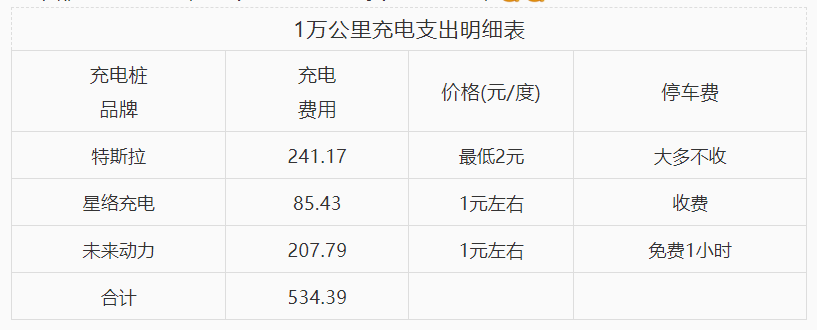
Tesla Supercharger stations basically all have parking locks, so there is no situation of gas cars occupying the stalls. Generally, it takes less than 45 minutes to charge from 20% (100 km) to 90% (450 km), and the charging experience is very good. The underground and above-ground stations in Beijing are almost exactly equal in number. The stations I have been to in Tianjin, Jinan, Qingdao, Zibo, and Dongying are all mostly located in surface parking lots.## Charging Station Near the Workplace
The charging station near the workplace is a future power station with 23 charging piles of 120Kw. It offers an hour of free parking and is maintained by a dedicated staff to prevent petrol vehicles from parking there. Many enclosed trucks come to recharge here daily, indicating that this is the cheapest charging station in the area. I usually drive there to charge before work in the morning, and then drive back to the office until the battery is fully charged. From 7 to 10 a.m., the cost is 0.98 yuan/kWh, and the battery can be charged up to 90% in an hour. I can charge up to four times a month, spending approximately 55 yuan each time and getting around 350 kilometers of driving distance. The cost of charging is about 0.15 yuan/kilometer, and the total monthly cost for charging is around 220 yuan.

This charging station near the workplace can also be used with Evergrande’s Star-Net charging. Currently, parking is not free anymore, but annual and monthly packages are available at discounted prices. Therefore, the truck drivers who need to charge every day first use Future Power for two minutes and then switch to Star-Net charging after receiving a free parking coupon. I have used Star-Net charging only once with a new user coupon because it is not cost-effective for me to pay for a monthly package four times a month.
Expenditure on Car Accessories for 10,000 Kilometers: 477.62 Yuan
The detailed expenditure on car accessories for 10,000 kilometers is shown in the table below. TPE trunk mats, conventional central control boxes, and one-to-three charging cables are three necessary car accessories that are essential for every car owner!

The TPE trunk mat has a high-end and practical feel and does not have a strange smell. When it gets dirty, just shake it and wipe it clean, and it will be as good as new. The original car floor mat is pretty good, so I will use it until it needs to be replaced.

The injection-molded central control box and front and rear storage boxes are smooth, delicate, and glossy on the surface, making it easy to store small items!
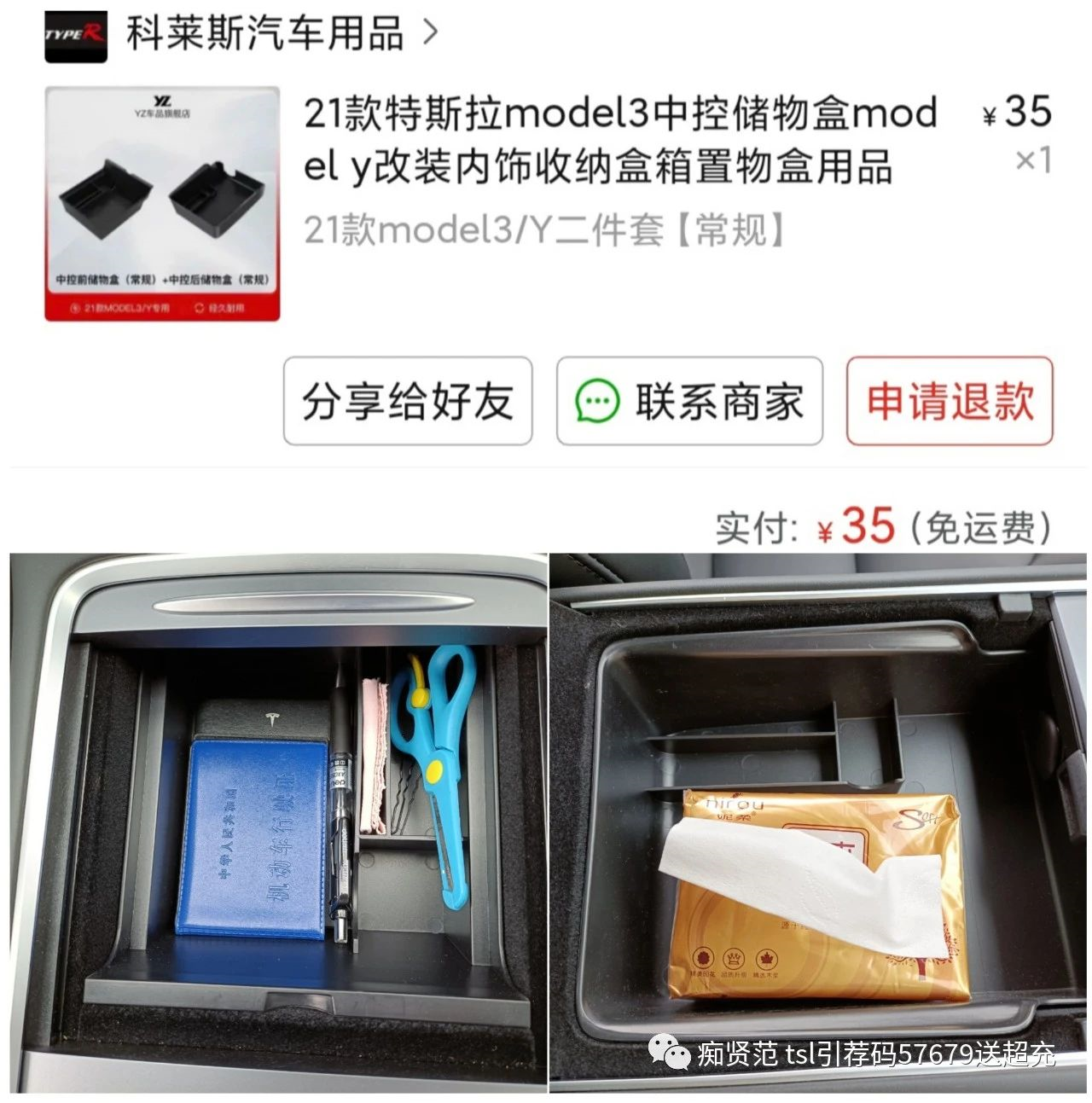
The in-car Type-C one-to-three 3A fast charging data cable for both Apple and Android devices has a 2A and C port, and can be charged up to 3A, which makes charging super fast! What’s more amazing is that it can be used to charge other phones, and can even “share” electricity with others in urgent situations. Thinking about this feature fills me up with positive energy!
 Glass water can be added for free at the service center, so there is no need to buy it later. Bumper strips first protect other cars and also protect oneself.
Glass water can be added for free at the service center, so there is no need to buy it later. Bumper strips first protect other cars and also protect oneself.
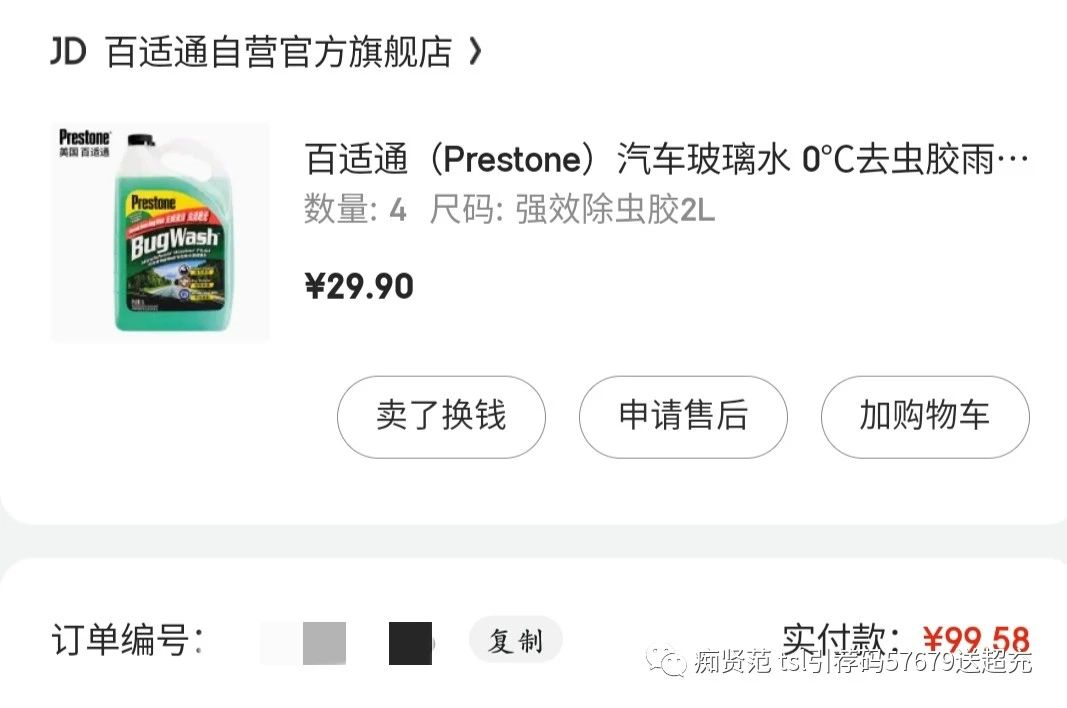
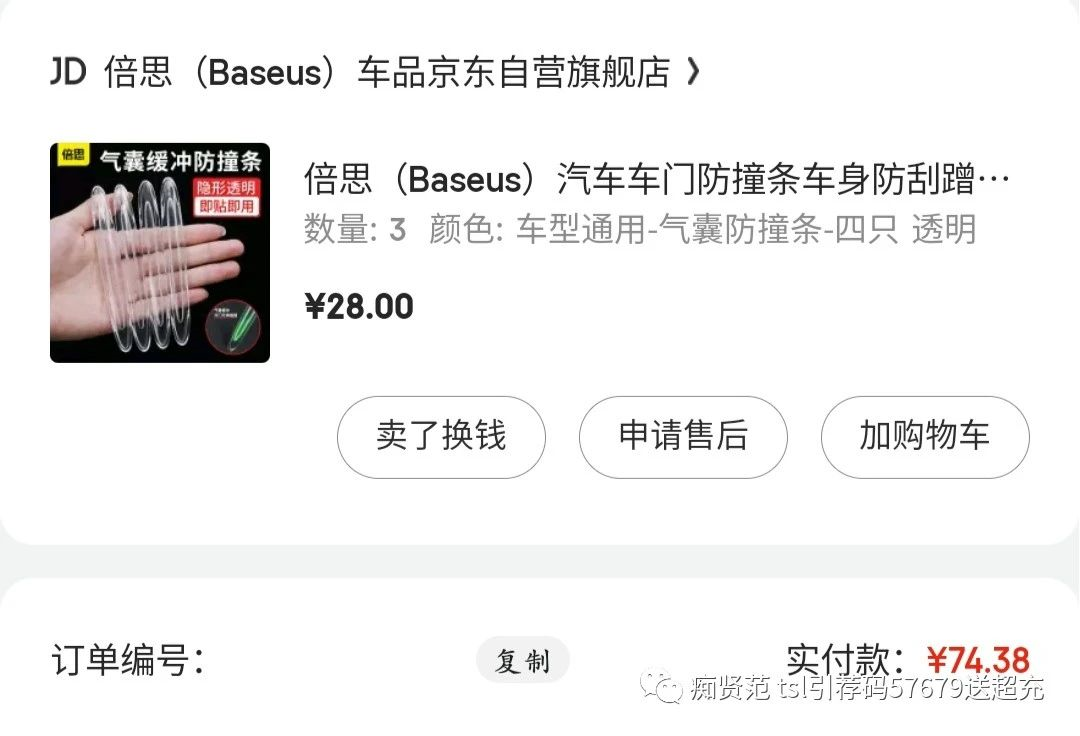
Adhesive remover is used to clean the car after scraping: first use a towel to wipe off the surface dust, then spray the adhesive remover on the towel to continue wiping, and see which scratches are left in the end. After rubbing the right rear door once, it is basically wiped off.
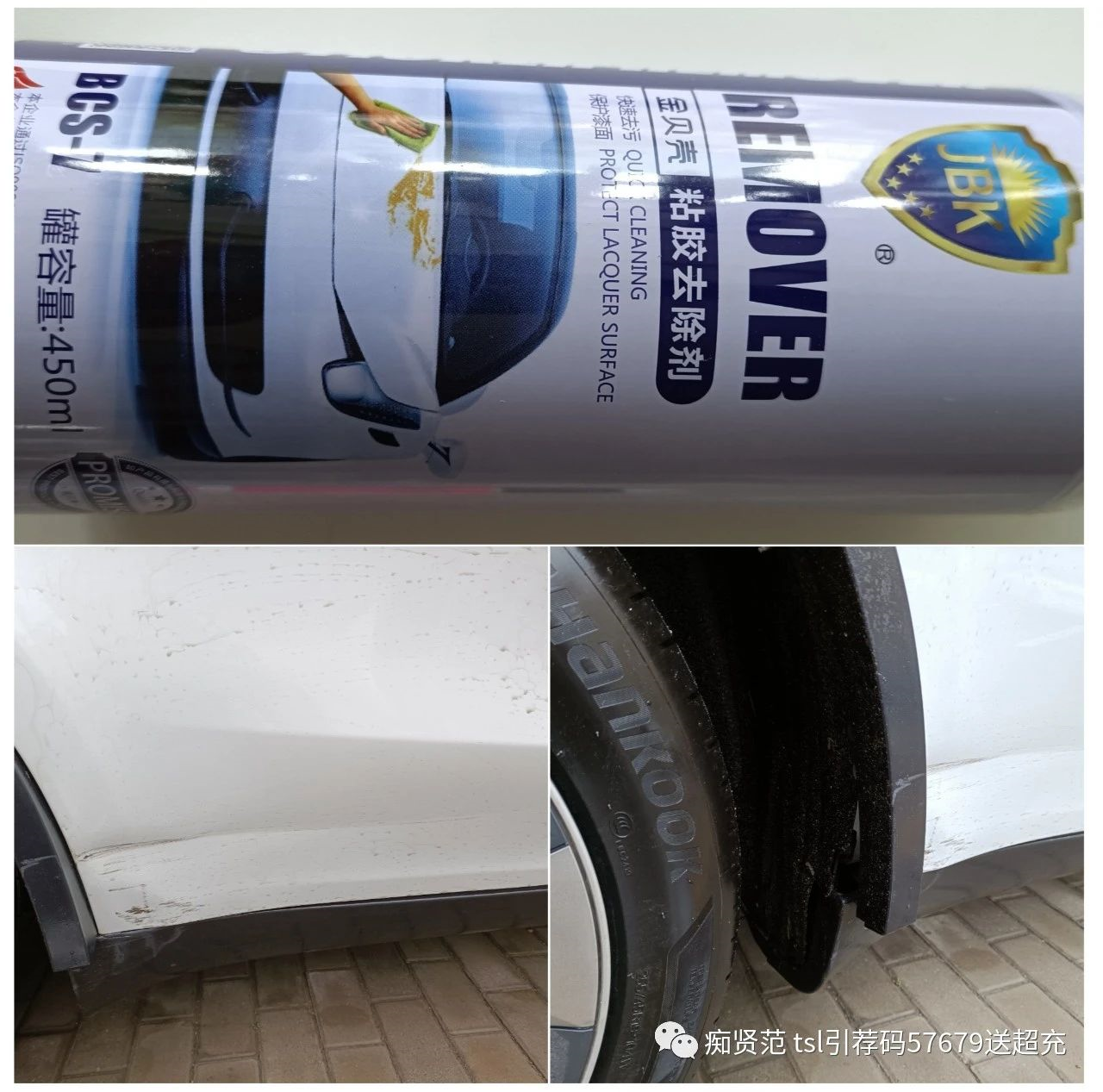
Participating in the Yiche activity and posting can get a free Xiaomi walkie-talkie and Michelin foot air pump! The walkie-talkie can come in handy when following the team on the road during the event, and the compact air pump can be put directly into the deep pit of the trunk for emergency use.
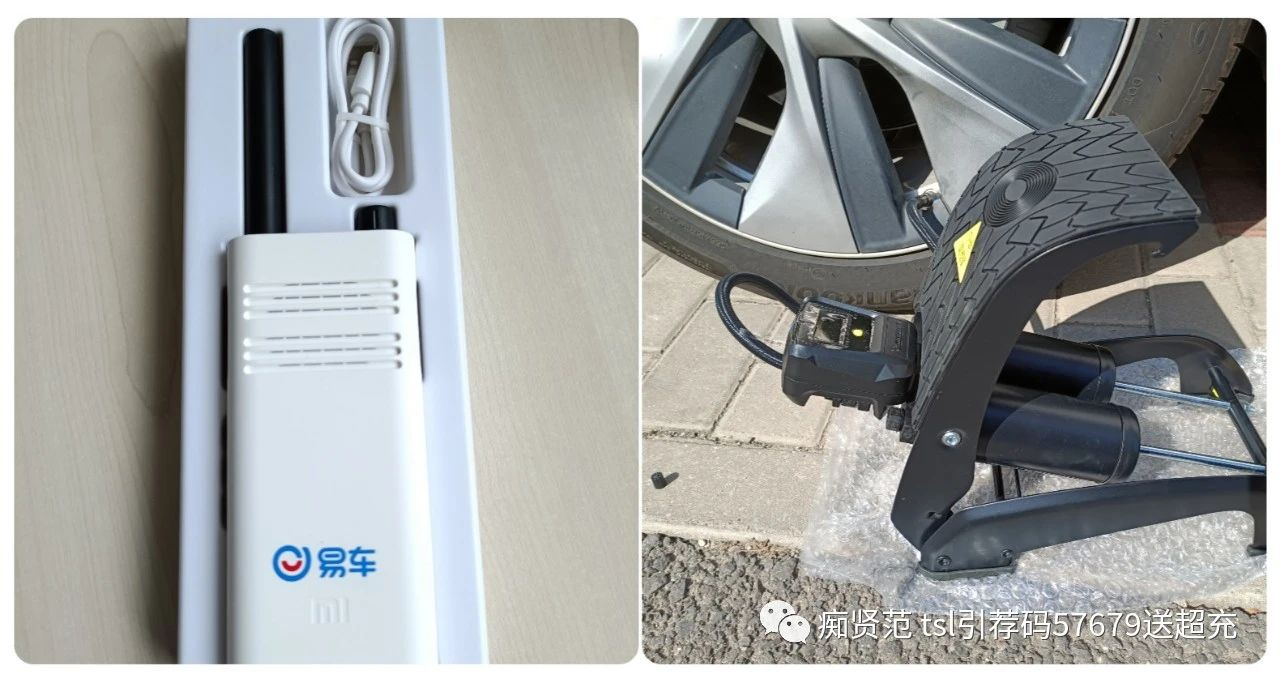
This article is a translation by ChatGPT of a Chinese report from 42HOW. If you have any questions about it, please email bd@42how.com.
